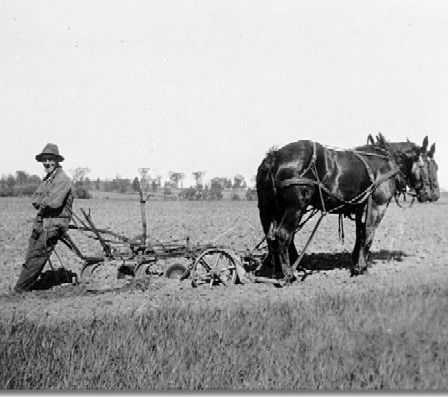With the increase in focus globally on how humans impact the environment, no group is being challenged more than the people who are responsible for feeding us all. Global populations are projected to increase to almost 10 billion people in the next thirty years, and farmers are faced with the issue of feeding more people with fewer resources and less impact on the environment. Although the task seems overwhelming, no group has been more resilient and has risen to meet more challenges than the farmers, growers, and ranchers – the 2% of the population – that feed us all.
With the new-found focus on regenerative agriculture and sustainability, the agricultural industry has seen a significant influx of new technologies and investment to aid in their mission. From precision planting and irrigation systems, to the use of drones to monitor crops, and RFID tags in animal agriculture – “new technologies” are helping farmers rise to the production and environmental impact challenges that will continue to gain scrutiny in the eyes of regulators, legislators, and ultimately and most importantly – consumers. No one can argue the important role innovation and new technology have played and will continue to play in agriculture.
But what about old technology? Is it conceivable that technology that was available and in use more than 200 years ago can be leveraged to help today’s farmers, ranchers, and growers meet the demands for increased production with less environmental impact?
Absolutely.
The use of Calcium Sulfate Dihydrate (CSD) in North America – gypsum – can be traced back to the colonial period, long before the development of the synthetic fertilizers and soil amendments used today. This long – forgotten gift from Mother Nature was a “new technology” 200 years ago, when subsistence farming was required by the majority of the population just to survive.
The same qualities that made CSD so valuable for use by our forefathers make it valuable to today’s farmer:
- Increases the yields by providing highly soluble sources of calcium and sulfur
- Improves soil structure allowing better uptake of minerals and water to the plant
- Remediates sodic soils and treats aluminum toxicity
In light of the new focus on sustainability, CSD, especially OMRI Certified, has the added environmental benefits of:
- Controlling run-off and erosion
- Producing more with up to 30% less water required
- Mitigating greenhouse gasses by slowing/prohibiting the the denitrification process
- Retaining nitrogen and decreasing greenhouse gas release when mixed with waste in animal agriculture
In addition to these production and environmental benefits, CSD is readily available, proven, affordable, requires no additional investment in technology, has both immediate and long-term ROI, and is recognized by the USDA as a Conservation Practice Standard (Ac #333). Its use cannot be ignored as a valuable, relevant, modern agricultural technology.

